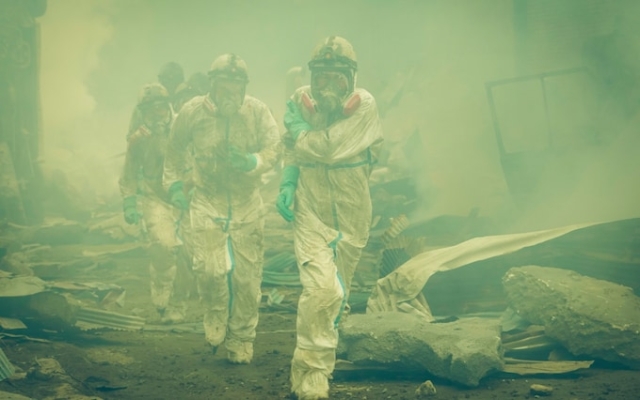 Relaxing: A scene from Netflix's The Days. Credit & Copyright: Netflix. countries on the planet, Kenji Takeda was an expert in planning games in case of an apocalypse. However, in all his years in the Special Disaster Relief Unit of the Tokyo Fire Brigade of Japan, he had one piece of equipment he thought he would never need in real life: a lead-paneled nuclear disaster relief truck. . «We trained with it, but I never thought we'd actually have to use it,» he says.
Relaxing: A scene from Netflix's The Days. Credit & Copyright: Netflix. countries on the planet, Kenji Takeda was an expert in planning games in case of an apocalypse. However, in all his years in the Special Disaster Relief Unit of the Tokyo Fire Brigade of Japan, he had one piece of equipment he thought he would never need in real life: a lead-paneled nuclear disaster relief truck. . «We trained with it, but I never thought we'd actually have to use it,» he says.
His confidence was hardly surprising. As one of the most technologically advanced countries in the world and a victim of atomic bombings during World War II, Japan's nuclear power plants were considered among the safest in the world. Then, in the middle of the afternoon on a Friday in March 2011, disaster struck that Takeda could not have imagined.
Nearly 50 miles from the sea, a massive earthquake of magnitude 9.0 threw off a piece of the earth's crust the size of Belgium by about 50 meters. The earthquake alone was the strongest in the history of Japan, frightening a population long accustomed to seismic tremors. But the tsunami that followed was much worse: in some places, a wall of water up to 40 meters high that inundated the east coast of Japan up to six miles inland. Within minutes, over 300,000 buildings will be destroyed, leaving the landscape as devastated as it was after Hiroshima. Nearly 20,000 people will die.
On the television screens in his headquarters' incident room, Takeda watched footage of ships being thrown at buildings and people frantically fleeing the rising tide in their vehicles. Then there were reports that at the Fukushima nuclear power plant, located on the stricken east coast, flood waters knocked out the power supply used to control the reactors. “With the power outage at this plant, it became clear that we were in the worst-case scenario,” says Takeda.
Technically, this was the worst-case scenario that the plant owners expected. A six-meter tsunami dike was already in place. But the wave that hit Fukushima was 15 meters high and simply swept through the wall, scattering its concrete blocks and destroying the plant. Without a supply of water to cool the fuel rods, Fukushima was on track for a Chernobyl-style disaster that could have rendered much of eastern Japan and Tokyo uninhabitable. Over the next four days, containment cells around three of the station's four reactors ruptured due to a buildup of hydrogen gas, causing radioactive mushroom clouds to rise to a height of 300 feet.

The story of how Takeda and the others then stabilized the plant by surviving high levels of radiation is now being retold by Netflix, whose new drama Days recreates the first week of the disaster. He is working with director Hideo Nakata of the acclaimed Japanese horror film The Ring to replicate the success of the award-winning HBO/Sky miniseries Chernobyl in 2019.
As in the case of Chernobyl, this story has both villains and heroes. Just as the Soviet bureaucrats messed up the response to Chernobyl by hesitation and denial, the Fukushima dignitaries also failed to justify themselves. Thanks to Japan's traditionally respectful culture, where seniority confers power, warnings that the plant's dam was too low were ignored for a long time. And when the disaster hit, the station's owners, Tokyo Electric Power Company (TEPCO), tried to dictate the answer to their Tokyo headquarters rather than leave it to the staff on site.
The eight-part Netflix drama focuses on the character Masao Yoshida, a factory manager on site whose defiance of his superiors helped save the day. He disobeyed a direct order from headquarters not to use sea water to cool the reactors, the only way he saw to stop the meltdown. Other characters recreated by the all-Japanese cast include then-Prime Minister Naoto Kan, who visited the factory by helicopter the morning after the tsunami to try and take over personal leadership.
According to some reports of the time, the presence of the blunt politician—his nickname was «The Annoyed Kahn»—helped dispel the lies at headquarters. He allegedly even tried to order Fukushima workers to stay at the plant. However, according to other reports, he simply interfered and delayed the response: five months after the disaster, he resigned amid criticism for his handling of the crisis. The Netflix show recreates everything from the devastation caused by the tsunami itself to tense meetings and furious phone calls as factory workers, bosses and politicians struggle to work out a response.
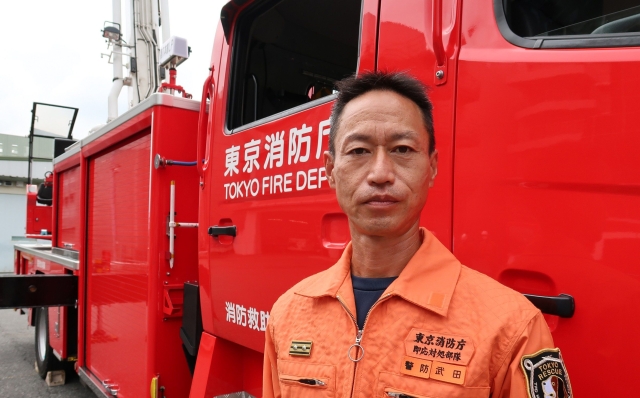 Hero: Fireman Kenji Takeda Credit: Julian Ryall
Hero: Fireman Kenji Takeda Credit: Julian Ryall
Today, Yoshida and Takeda are celebrated as part of the Fukushima 50, a group of technicians and rescuers whose bravery saved Japan from disaster. The group (in fact, there were many more than 50 of them) were also called «nuclear samurai» — modern versions of ancient Japanese warriors in overalls, ready to give their lives for the nation. Because, Takeda recalls, when his team was first asked to go to Fukushima six days after the earthquake, no one knew if they would make it back alive.
“The control team said it was up to each participant to decide if they wanted to go,” he says. “But no one said no. My family said «take care» and wished me luck, but I don't think they really understood the scope of what we were being asked to do. Other team members asked their closest friends to promise that they would look after their children and elderly parents if they did not return.”
On the 200-mile journey north to Fukushima, the extent of the damage increased. Bridges are destroyed, cars are lying everywhere. Trees were washed out along the roads. At some point, Takeda noticed that his legs were shaking nervously. Close to Fukushima itself, where welcome signs proclaim “Nuclear Power for a Better Future,” there was hardly a soul except for cattle and abandoned pets roaming the roads. At the station itself, the buildings of the affected reactors were still smoking.
However, the biggest danger was not in sight. The levels of radiation in some parts of the plant were so lethal that workers could not stay in them for long, even in protective clothing. “I had a strong sense of invisible danger,” says Takeda.
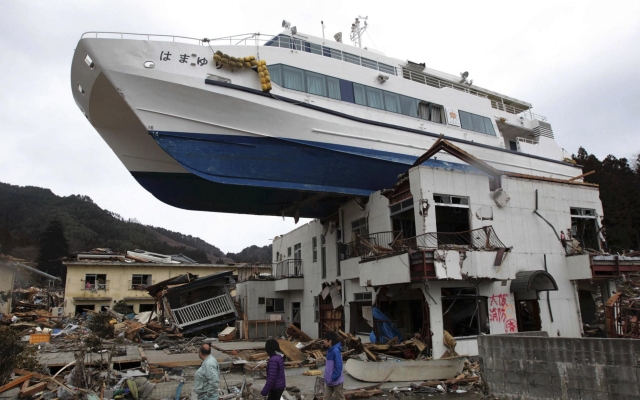 shore. Photo: Hiroto Nomoto
shore. Photo: Hiroto Nomoto
At one point, while helping spray water on what was left of the reactors, his own Geiger counter beeped, warning him to get out. «Normally it didn't go into the danger zone, but it sounded all the time we had to stay there.»
Cooling the reactors required workers to pump hundreds of tons of water into them every hour, which was usually done using stocks of chemically pure fresh water reactor. But with the plant's pumping systems in disarray, plant manager Yoshida decided that the only quick fix was to turn to the limitless supply in the nearby ocean.
This ultimately saved Japan from total melting. But at the time, Yoshida's bosses at TEPCO in Tokyo were more concerned about the future of the plant. They knew that using untreated salt water would corrode the inside of the reactor and put the multi-billion dollar facility out of action forever. Couldn't Yoshida have waited until a source of fresh water appeared?
A more compliant Japanese employee might object. However, Yoshida, a 56-year-old heavy smoker known for his bluntness, was a maverick. “We do not have the ability to use fresh water, which will lead to further delays,” he countered. In his opinion, the choice was either to risk the future of the plant or risk the future of Japan itself.
TEPCO Chairman Tsunehisa Katsumata remained standing next to other executives Photo: by AFP
Three months later, Yoshida received an official reprimand from his superiors. However, the subsequent official investigation showed that his act of defiance was crucial to bringing the crisis under control. A parliamentary inquiry published the following year concluded: “What needs to be acknowledged – very painfully – is that it was a “Made in Japan” disaster. Its fundamental causes lie in the ingrained conventions of Japanese culture: in our reflective obedience; our unwillingness to question authority.”
More than a decade later, a 12-mile exclusion zone remains around Fukushima, although some of the 160,000 originally evacuated residents have been allowed to return to less polluted areas. Like Chernobyl, part of the zone is now a «dark tourism» attraction, with visitors visiting abandoned, overgrown ghost towns. Low-paid roving workers known as «nuclear gypsies» are also hired to clean up the remaining radioactive debris — some of them allegedly hired by front companies for Japanese yakuza gangsters.
Despite fears at the time, there were no fatalities. unequivocally connected with radiation poisoning of either local residents or Fukushima-50. Yoshida, who was later hailed as a national hero, died two years later from throat cancer, but this was due to his habit of smoking 40 cigarettes a day.
In 2019, three former TEPCO executives, including Ichiro Takekuro, who told Yoshida not to use sea water, were acquitted of professional negligence charges. Allegedly, the three were warned as early as 2002 about the need to strengthen the protection of the plant's dam, although prosecutors had long feared that the charges would be difficult to prove.
To many, the verdict showed that, despite all Fukushima, little had changed in Japan, where middle-aged men in suits still reign supreme.
It has been 11 years since the Great East Japan Earthquake. .
Although the disaster area gives a strong impression of a place where tragic events took place, it is also a place where recovery is slowly taking place and there is hope for the future. pic.twitter.com/bICf2c7yzr
— Fukushima disaster area tour (@hopefukushima), March 11, 2022 track. “Japan likes to think of itself as a very safe place where nothing ever happens, so it used to be almost taboo to imagine the worst,” she says.
“Part of it has to do with our post-war history, where we wanted to show the world that we were coming to our senses and that everything was running smoothly. However, the younger generation has begun to question respect for authority, and people are much more wary of big energy companies and big tech.”
Or are they? Immediately after Fukushima, opposition to nuclear power rose to over 50%, and the government promised to phase it out entirely. But as the memory of the disaster faded and the need to meet carbon reduction targets grew, the country turned around. Last year, the Japanese government announced plans to build next-generation reactors.
“In the five years since Fukushima, there has been a great debate about the risks of nuclear power plants in a country located on such a massive geological fault. lines,” says Dr. Bryce Wakefield of the Australian Institute of International Affairs, who has studied the broader political impact of Fukushima. «Now the opposition has waned, but I think it's more because of the belief that nuclear power is a greener option than because of the belief in Japanese technological prowess.» lesson in the most difficult way Japan could manage if the worst happened again. “What happened at Fukushima scared us all, but at Fukushima we teamed up and now there is nothing we can do to protect people's lives,” he says. “I know that if it happens again, we will be ready.”
The Days is on Netflix














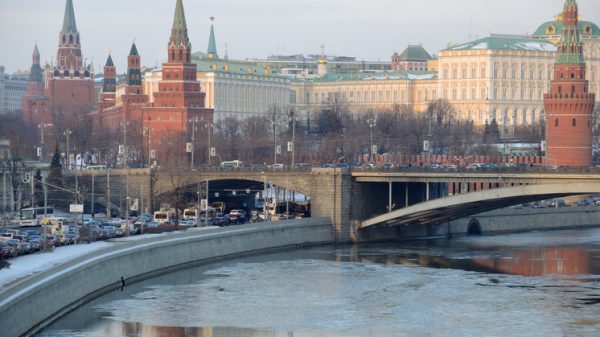
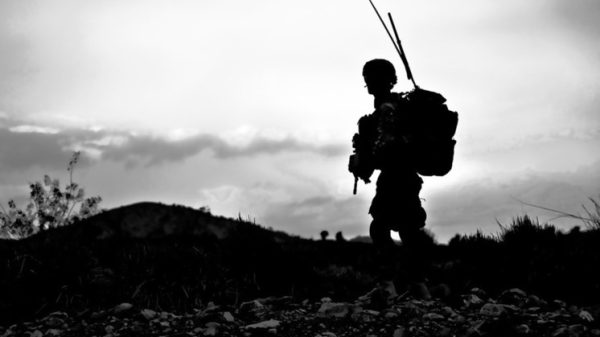


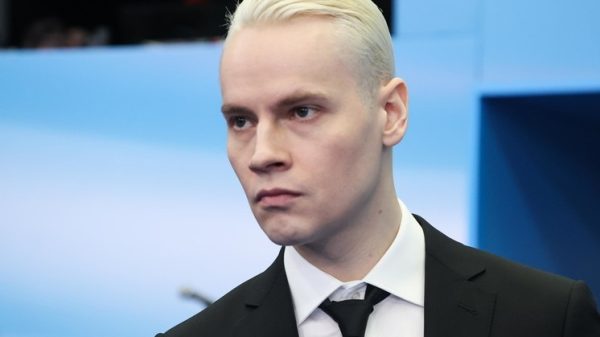
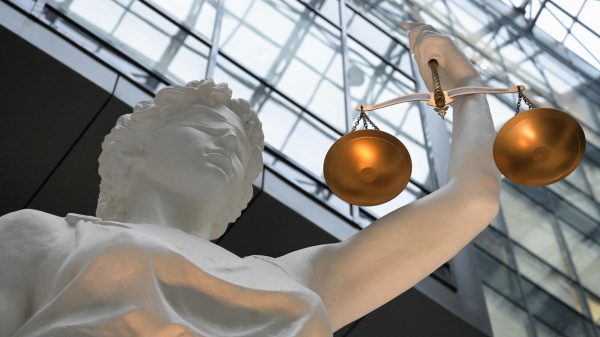
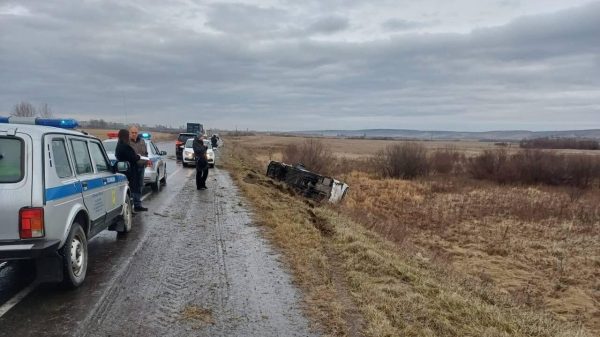
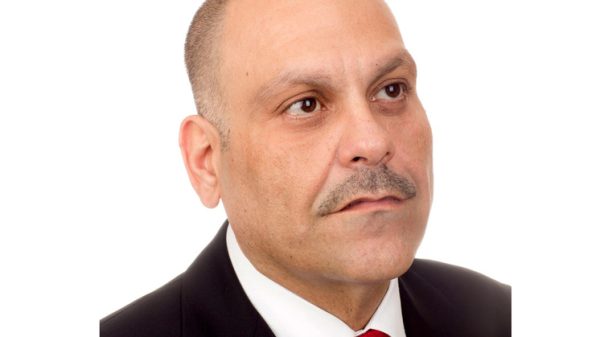






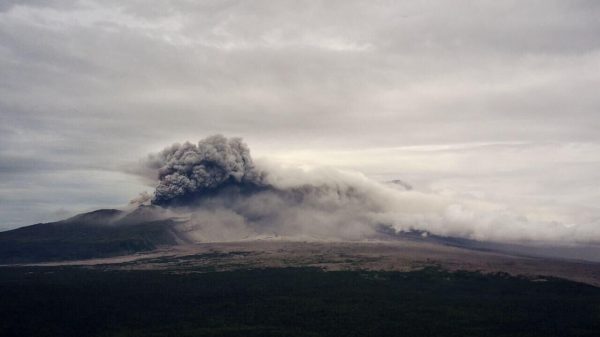
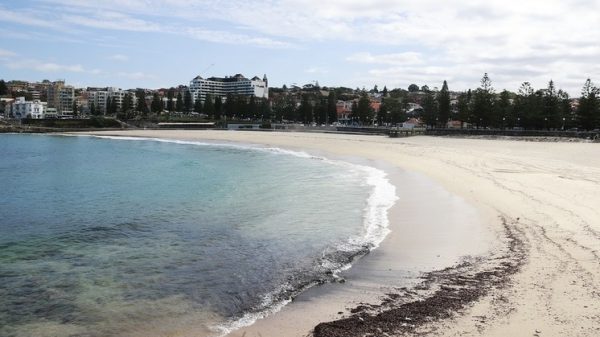















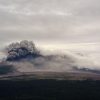










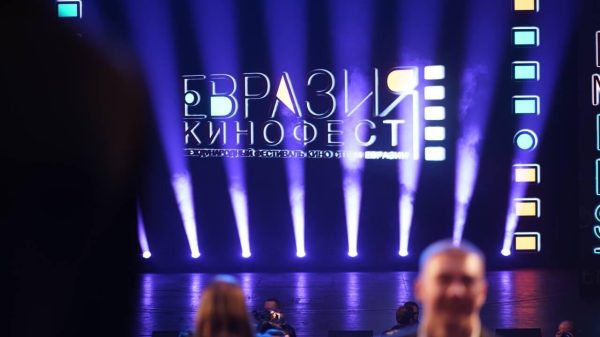
Свежие комментарии